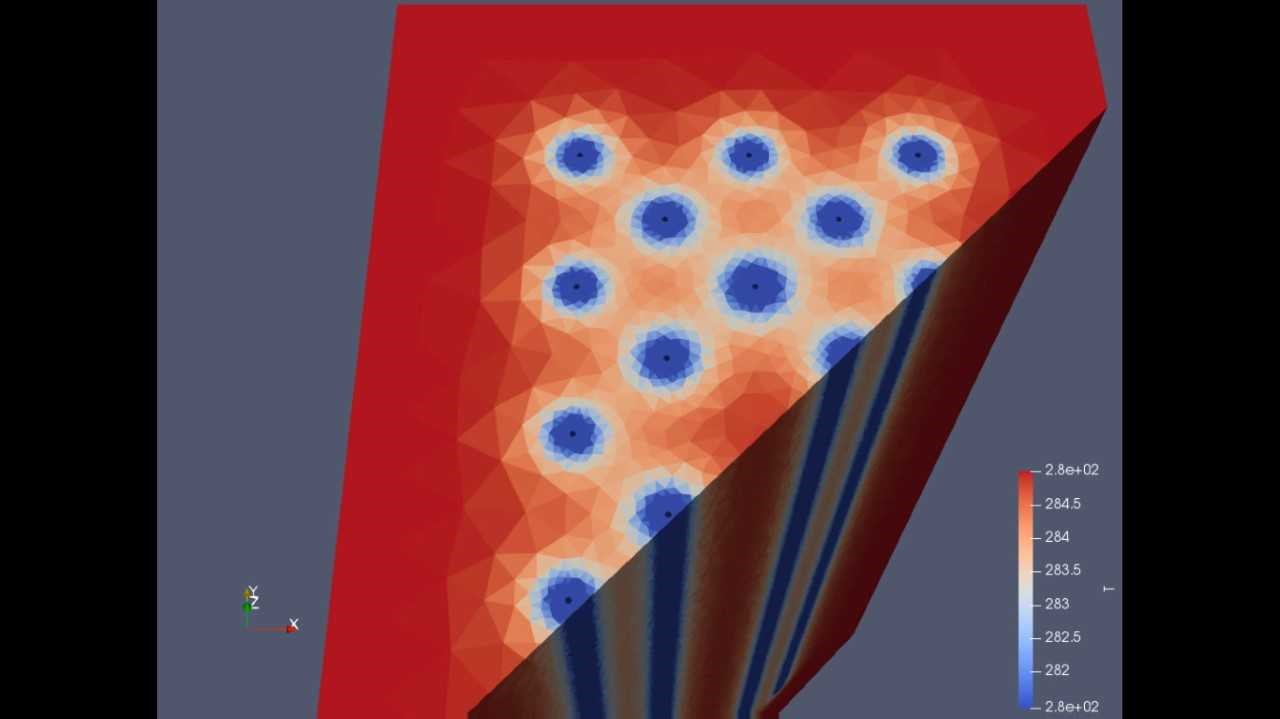The MissElly is being carried out jointly between Fraunhofer IEG and Voltavision GmbH. The aim is to provide cold air to cool laboratories and test stations for performance electronics all year round. As high a percentage of renewable environmental cold as possible is provided to the system via seasonal and short-term cold storage, thereby minimising the use of conventional cooling technology. The project, which has received around EUR 1.3 million in funding, will run for 36 months until the end of August 2022.
Aim
Stationary refrigeration technology accounts for almost 14% of the total energy consumption in Germany, and the trend is increasing. Around a third of this consists of private refrigerators and freezers. Two thirds are caused by commercial cooling technology. Air conditioning units, industrial cooling systems and supermarket refrigerators make up the greatest need. At 95%, cold is almost exclusively provided by electrically operated compression refrigeration machines. Energy-saving alternatives are heat-operated absorption or adsorption cooling machines, but these are exposed to a heat source of at least 80 °C and accordingly can only be used to a limited extent. As a consequence, the cooling requirement will continue to be met almost exclusively by compression refrigeration machines. This is problematic from a climate perspective. Compression refrigeration machines have both direct effects on the climate through their cold emissions and indirect effects through their high energy requirements.
There is potential to reduce the electric energy requirements in areas of application in which cooling is carried out from relatively high temperatures, for example in air conditioning. Compression refrigeration machines are generally used in building air conditioning although only temperatures of around 20°C need to be reached. These temperatures occur naturally in our latitude for the majority of the year. Since, unlike electric power, heat and cold can be stored relatively easily and without significant losses, the use of the existing, natural cold reservoir is an obvious one.
The aim of the project is ultimately to identify a feasible way to achieve a significant reduction in energy use in cooling and therefore to reduce the emission of greenhouse gases that are harmful to the environment directly through energy use and indirectly through coolants leaking by around 50% compared to classic systems.

